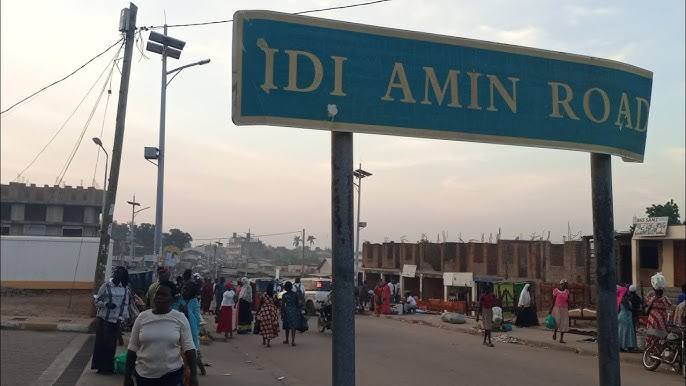The Uganda Bureau of Statistics (UBOS) has released the 2024 National Population and Housing Census profile for the West Nile Sub-Region, which comprises Arua, Madi-Okollo, Terego, Maracha, Koboko, Yumbe, Moyo, Obongi, Zombo, Nebbi, and Pakwach districts. The findings highlight a fast-growing population of over four million people, shaped by high fertility rates, limited job opportunities, and widespread food insecurity.
The census registered a household population of 4,132,629 and non-household residents of 53,844, bringing the total to 4,186,473 people. With 793,010 households, the average household size stands at 5.2 persons, making it one of the highest in Uganda. The sub-region’s population density is 282 people per square kilometre.
Demographics and Labour Market
Children under 18 make up 51.4% of the population, while adults aged 18+ account for 48.6%. The working-age group (14–64 years) constitutes 55.2%, with the elderly (65+) at 4.7%. Youth unemployment remains critical, with 37.9% of those aged 15–24 not in employment, education, or training (NEET). Labour force participation among adults 15+ is 28.9%, and unemployment is 6.4%.
Living Conditions
Housing is predominantly owner-occupied, with 91.2% of households owning their homes. Access to improved water sources is high at 85.9%, but sanitation remains a challenge — only 29.6% of households use improved sanitation facilities. A majority (61.7%) rely on unimproved facilities, while 8.7% still practice open defecation.
Electricity access is extremely low, with just 10.2% of households connected to the grid or using solar. Clean fuel use is negligible at 0.6%, with most households depending on wood (78.2%) or charcoal (20.6%).
Health and Fertility
The total fertility rate in West Nile is 6.1 children per woman, the highest among sub-regions. Adolescent childbearing is common, with 7.4% of girls aged 10–19 already mothers or pregnant. Birth registration is also low, with just 7.5% of children under five recorded by civil authorities.
Poverty and Food Security
Food insecurity is widespread, affecting 49.6% of households, with women more affected (52.8%) compared to men (46.2%). The overwhelming reliance on subsistence farming leaves most households vulnerable to climatic shocks and poor harvests, perpetuating cycles of poverty.
Information and Communication
Radio dominates as the main information channel (42.6%), followed by word of mouth (29.4%). Mobile phone ownership is at 37.8%, while internet access remains very limited at 2.4% for individuals aged 10 and above.
Policy Outlook
UBOS stresses that while West Nile has strong housing ownership and decent water coverage, its development prospects are undermined by high fertility, extreme youth unemployment, poor sanitation, and severe food insecurity. Targeted investments in family planning, education, energy infrastructure, and agricultural commercialization are crucial to lifting millions out of poverty.
